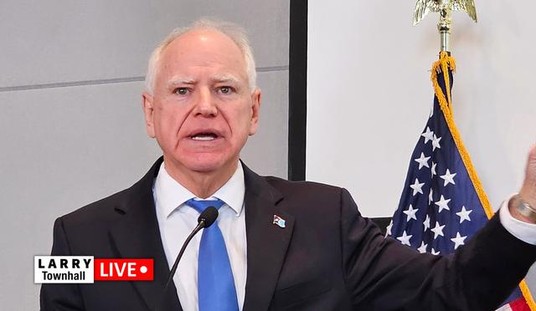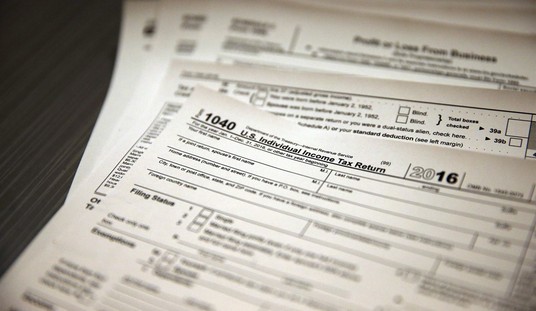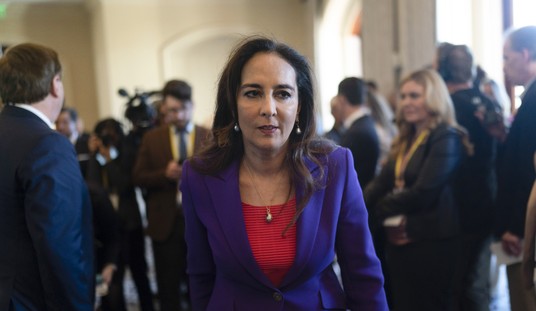
Iranian protesters burn a representation of U.S. flag in their annual pro-Palestinian rally marking Al-Quds (Jerusalem) Day in Tehran, Iran, Friday, June 23, 2017. Iran held rallies across the country, with protesters condemning Israel’s occupation of Palestinian territories and chanting “Death to Israel.” (AP Photo/Ebrahim Noroozi)
Today the administration renewed sanctions relief on Iran. Given the stench of betrayal in the air after the alleged DACA deal President Trump cut with Chuck Schumer and Nancy Pelosi, this could not have come at a more inopportune time.
U.S. to extend Iran sanctions relief under nuclear deal: sources https://t.co/I2RHkSAtif pic.twitter.com/Py05BkVSgZ
— Reuters (@Reuters) September 14, 2017
Meanwhile, this…https://t.co/wDu5vJhiyK
— Daniel Horowitz (@RMConservative) September 14, 2017
There are several key things to keep in mind here. First, the sanctions relief is pretty much pro forma as the administration certified Iran was in compliance with the JCPOA in July. The next certification is in October and this is the one that is being hotly debated. The AP had a good piece on that process and lays out the various options being considered. If the administration decides to not certify Iranian compliance, it can immediately withdraw the sanctions waivers issued today.
https://twitter.com/BlogsofWar/status/908403536819621890
These are the options and there are factions in the government in favor of all of them:
1 – Decertify and stay in the deal, then focus on Congressional action — this is the mainstream “waive & slap then decertify & fix” option. It came out of policy shops like FDD and ISIS, and was outlined last week by Ambassador Haley. The deal should be decertified because it fails condition 4 (it’s not “vital to national interest”) and/or condition 1 (Iran is not “fully implementing” the paragraph 28 of the JCPOA, the weapons and personnel prohibitions of UNSCR 2231, the military site access requirements of the Additional Protocol, etc. The administration would then use leverage created by the threat or reality of Congressional action to strengthen weaknesses in the deal.
2 – Decertify and stay in the deal, then threaten to reimpose secondary sanctions — this is a new option. It comes from a plan that’s been circulating but hadn’t been described before today’s AP story. Here’s the AP outline: “… decertify Iran and threaten to restore nuclear sanctions on Iran at any point as well as so-called “secondary sanctions” that could cut off European and other banks and businesses that do business with Iran from the U.S. financial system.” The administration would then threaten to get physical with banks unless the Iranians modified their behavior and agreed to strengthen the deal.
3 – Decertify and stay in the deal, then focus on executive action — Here’s the AP outline: “… have Trump issue a new executive order setting out a timeline for the agreement to be amended or supplemented with bans or further limitations on uranium enrichment and ballistic missile testing.” The administration would then use leverage created by the move to strengthen weaknesses in the deal.
4 – Decertify and withdraw from the deal — this option has been outlined and advocated most prominently by Amb Bolton. The argument is that the deal can’t be enforced or fixed. In August Bolton published a white paper charting the tactics and strategy that would be used to manage to withdrawal.
5 – Certify — this is the State Department option. Secretary Tillerson says he disagrees with the president on the Iran deal and the State Department is reportedly in “open war” against the White House on the issue. After the July certification, Iran deal advocates inside the State Department launched multiple open-ended initiatives to ‘test’ and ‘strengthen’ the deal, which would allow them to indefinitely argue that decertification is premature. This AP report says Tillerson presented the president with the latest version of State’s certification plan this week, which promised to pursue ‘fixes’ earlier this week.
Issued simultaneously with the sanctions waiver was a new round of sanctions against Iranians and Iranian entities in response to all manner of misbehavior:
JUST IN: Treasury sanctions 11 entities/individuals for supporting Iran’s Islamic Revolutionary Guard, networks responsible for cyberattacks pic.twitter.com/QWINzTlYv1
— ABC News (@ABC) September 14, 2017
New sanctions vs 11 entities/individuals for "support of designated #Iran|ian actors or malicious #cyber-enabled activity" per @USTreasury pic.twitter.com/BVOxsgVSuK
— Jeff Seldin (@jseldin) September 14, 2017
And there are more sanctions on the way
#Breaking
The Trump administration plans to announce new sanctions against Iran as soon as Thursday.
Source: NBC— Alireza Karimi (@AlirezaKarimi12) September 14, 2017
All of this leads directly back to an issue that I’ve discussed before but that the Trump White House has never really understood. Credibility is the coin of the realm and Trump is bankrupt. Because people are reluctant to trust him, this nothingburger of a story is becoming an issue for the administration. And the sad thing about going bankrupt in the credibility department is that you can never come back from it.














Join the conversation as a VIP Member